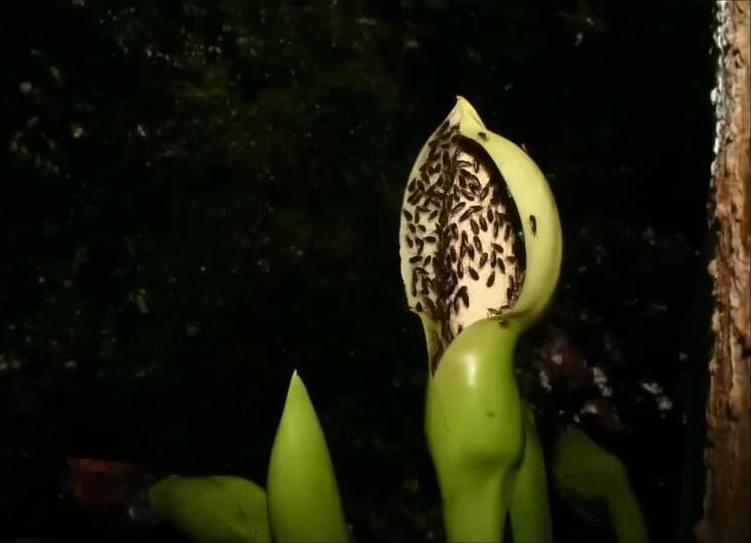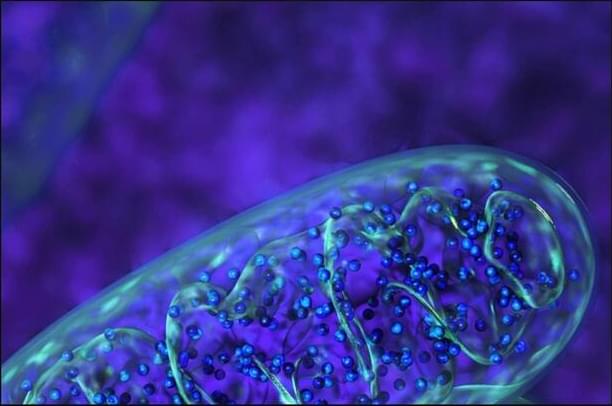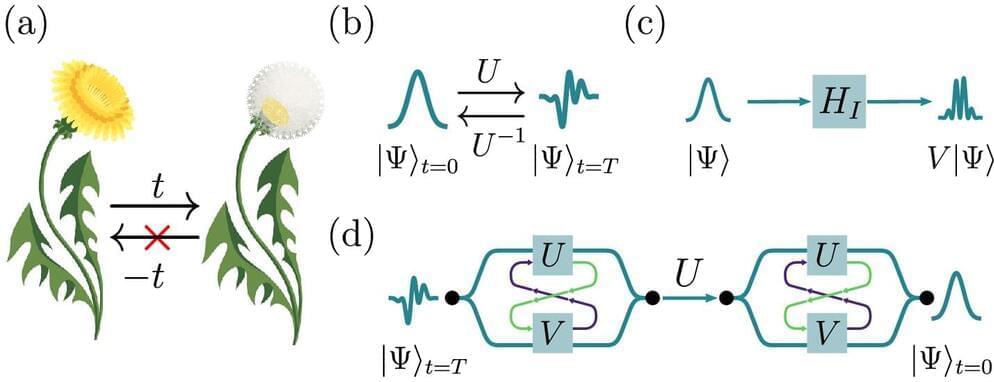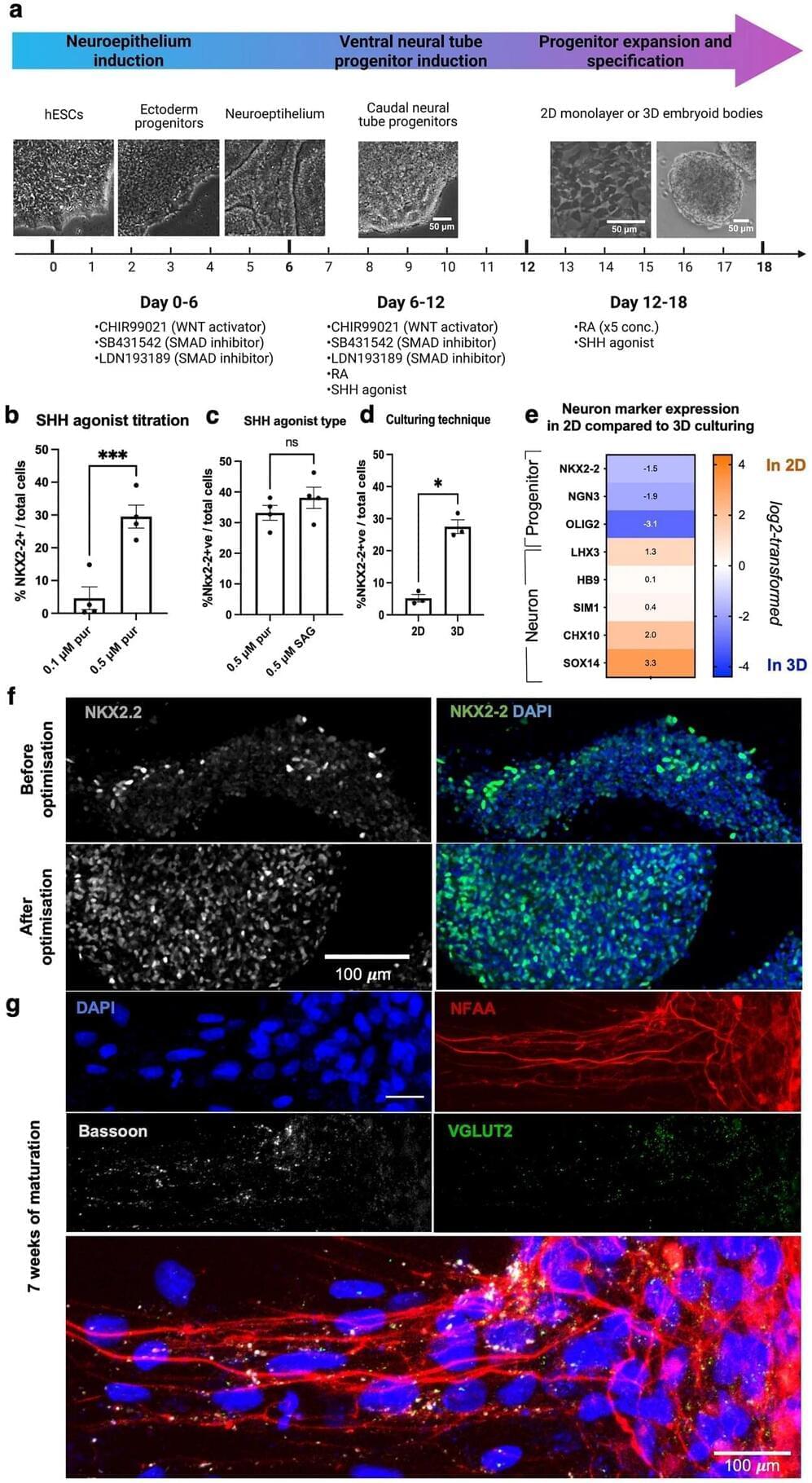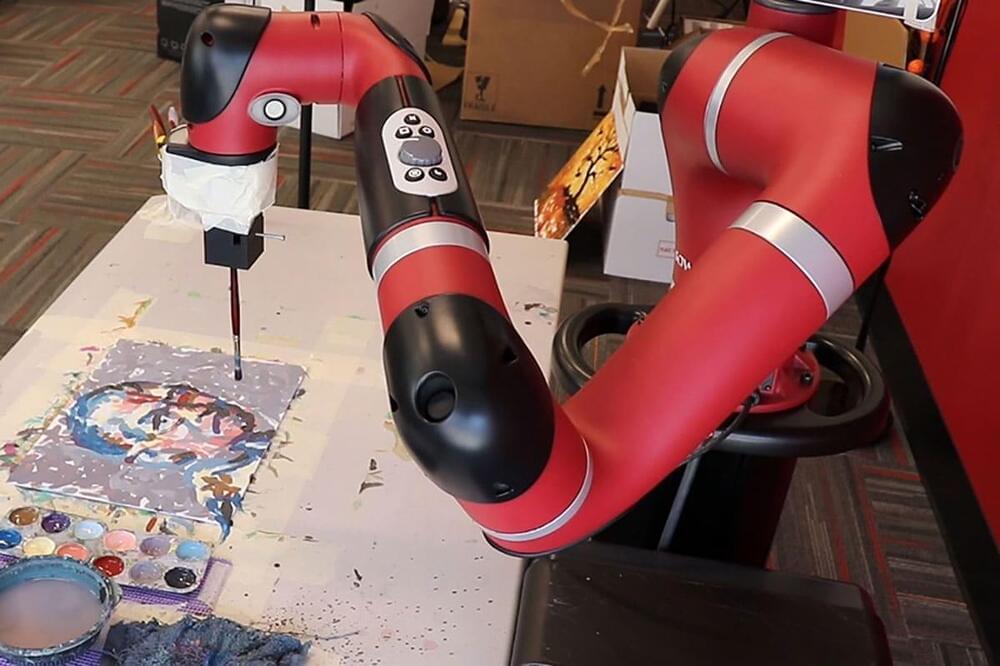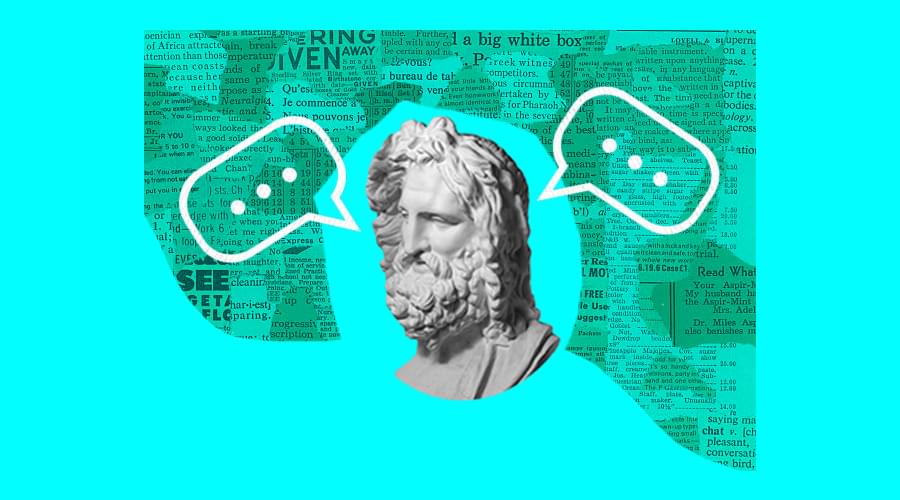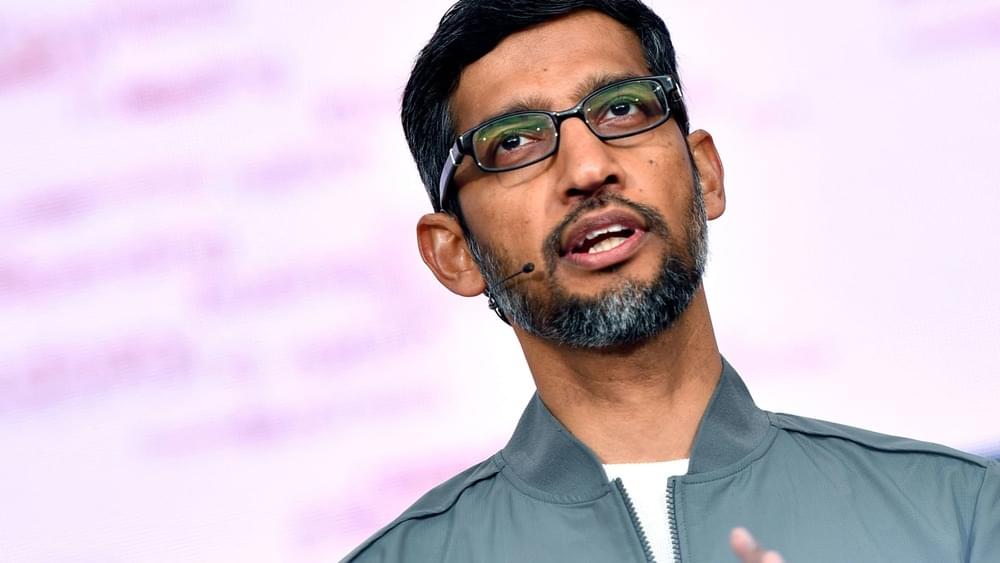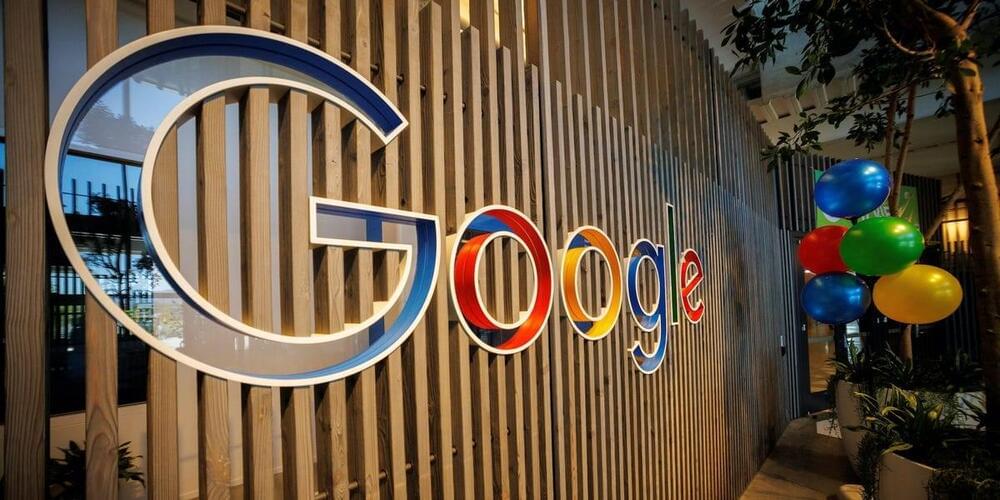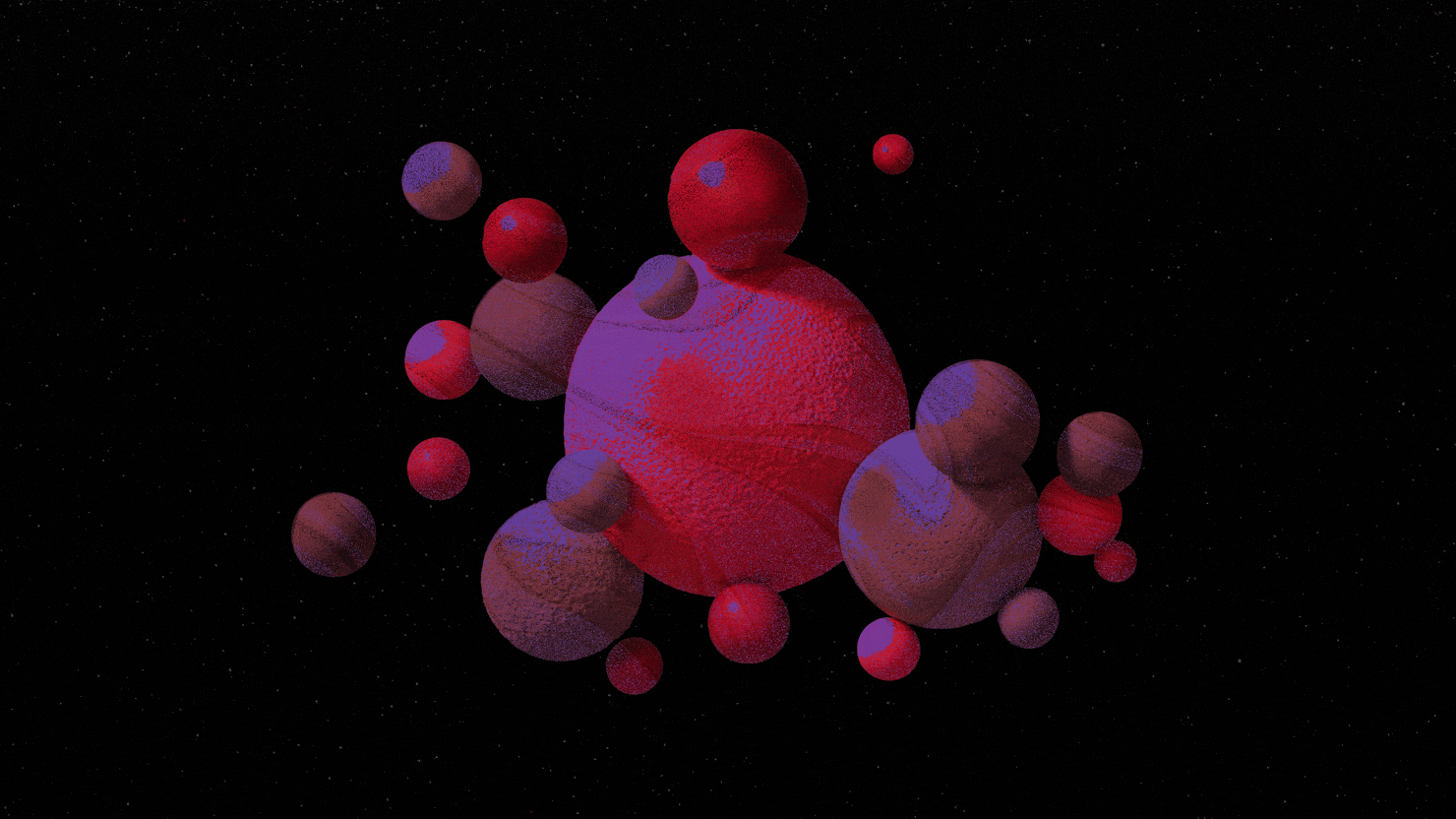“Remarkable evolutionary shift” shows how adaptable plants can be.
Innovative treatment designed to treat mitochondrial disease shows promise in a few patients.
In the world around us, processes appear to follow a certain time-direction: Dandelions eventually turn into blowballs. However, the quantum realm does not play by the same rules. Physicists from the University of Vienna and IQOQI Vienna have now shown that for certain quantum systems, the time-direction of processes can be reversed. This demonstration of a so-called rewinding protocol has been published in Optica.
Everyday life is full of changes that are well understood, yet practically impossible to reverse; for example, the metamorphosis of a dandelion into a blowball. However, one could imagine undoing this transformation, step by step, if one knew precisely how each molecule in the plant moved in time. In the quantum realm the problem gets even trickier: One of the core principles of quantum physics is that simply observing a system causes it to change.
This makes it impossible, even in principle, to track a system’s change in time and reverse the process. However, at the same time, the laws of quantum mechanics also open up new possibilities such as universal rewinding protocols. These allow for reversing changes in a quantum system without knowing what they were.
Injury to the spinal cord often leads life changing disability, with decreased or complete loss of sensation and movement below the site of injury. From drugs to transplantation, there are many scientific advances aiming to restore function following spinal cord injury.
One promising approach is the use of stem cell derived neurons to replace those damaged. New research from the Centre for Gene Therapy & Regenerative Medicine and Centre for Neurodevelopment at King’s College London hopes to improve on this approach by providing pure populations of neurons made from stem cells.
The spinal cord is a delicate structure, with neurons carry messages from your brain to the rest of your body to allow movement and sensation. Integral to this system are interneurons, or the cells that relay information between your brain and other neurons. Research has previously shown that transplanting a class of interneurons, ventral spinal interneurons, to treat spinal cord injury in animal models provides promising recovery of sensory and motor function.
“I never painted dreams. I painted my own reality,” said Frida Kahlo, Mexico’s woman painter known for her many portraits, self-portraits, and works inspired by the nature.
The same cannot be said for the new artist-in-residence FRIDA at Carnegie Mellon University’s Robotics Institute, whose name is inspired by the Mexican artist. FRIDA is not an artist but a robotic arm equipped with a paintbrush that uses artificial intelligence to collaborate with humans on works of art. Just ask FRIDA to paint a picture, and it gets to work putting brush to canvas.
FRIDA stands for Framework and Robotics Initiative for Developing Arts. The project is led by Schaldenbrand with RI faculty members Jean Oh and Jim McCann and has attracted students and researchers across CMU.
A complete guide to conversational AI in 2023 that help machines understand, process, and respond to human language.
Shares of Alphabet slid during the event, suggesting that investors were hoping for more in light of growing competition from Microsoft.
Google’s event took place just one day after Microsoft hosted its own AI event at its headquarters in Redmond, Washington. Microsoft’s event centered around new AI-powered updates to the company’s Bing search engine and Edge browser. Bing, which is a distant second to Google in search, will now allow users get more conversational responses to questions.
Jefferies sees Microsoft stock climbing to $310 a share as the tech titan adds AI features to its Bing and Edge search browsers.
Alphabet shares tumbled Wednesday after a Reuters report said an advertisement for Google’s newly unveiled AI chatbot Bard contained an inaccurate answer to a question aimed at showing the newly unveiled tool’s capability.
Shares of the company fell as much as 8.9% to $98.04 the lowest price since January 31 and barely pared the decline heading into afternoon trade.
Reuters reported an ad published by Google on Twitter featuring a GIF video of Bard — which Google CEO Sundar Pichai on Monday introduced as its “experimental AI service” — offered an incorrect response to a question about NASA’s James Webb Space Telescope.
O.o! If the universe is some sorta hologram then this could be a clue to our actual reality.
Last December, the Nobel Prize in Physics was awarded for experimental evidence of a quantum phenomenon that has been known for more than 80 years: entanglement. As envisioned by Albert Einstein and his collaborators in 1935, quantum objects can be mysteriously correlated even when separated by great distances. But as strange as the phenomenon may seem, why is such an old idea still worthy of the most prestigious award in physics?
Coincidentally, just weeks before the new Nobel laureates were honored in Stockholm, another team of respected scientists from Harvard, MIT, Caltech, Fermilab and Google reported that they ran a process on Google’s quantum computer that could be interpreted as a wormhole. Wormholes are tunnels through the universe that can function as a shortcut through space and time and are loved by science fiction fans, and although the tunnel realized in this latest experiment only exists in a two-dimensional toy universe, it could be a breakthrough for the future represent research at the forefront of physics.
But why does entanglement have to do with space and time? And how can it be important for future breakthroughs in physics? Properly understood, entanglement means that the universe is what philosophers call “monistic,” that is, at the most fundamental level, everything in the universe is part of a single, unified whole. It is a defining property of quantum mechanics that its underlying reality is described in terms of waves, and a monistic universe would require universal functioning. Decades ago, researchers such as Hugh Everett and Dieter Zeh showed how our everyday reality can emerge from such a universal quantum mechanical description. But it is only now that researchers such as Leonard Susskind and Sean Carroll are developing ideas as to how this hidden quantum reality could explain not only matter but also the structure of space and time.
